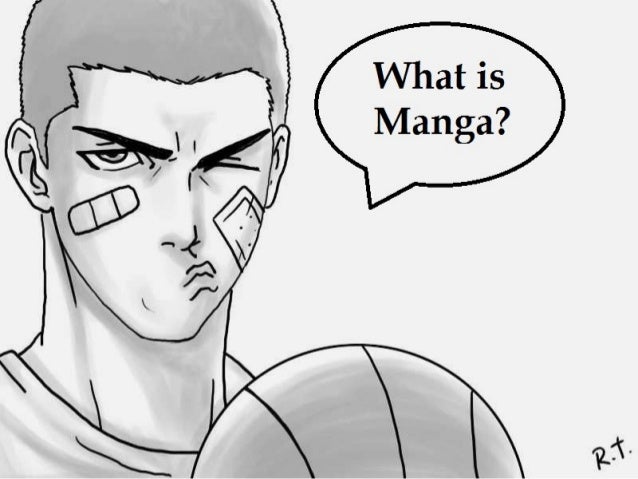

Anime

An anime is a Japanese hand-drawn or computer animation. The word is the abbreviated pronunciation of "animation" in Japanese, where this term references all animation. Outside Japan, anime is used to refer specifically to animation from Japan or as a Japanese-disseminated animation style often characterized by colorful graphics, vibrant characters and fantastical themes. Arguably, the culturally abstract approach to the word's meaning may open up the possibility of anime produced in countries other than Japan. For simplicity, many Westerners strictly view anime as a Japanese animation product. Some scholars suggest defining anime as specifically or quintessentially Japanese may be related to a new form of orientalism.
The earliest commerciaJapanese animation dates to 1917, and Japanese anime production has since continued to increase steadily. The characteristic anime art style emerged in the 1960s with the works of Osamu Tezuka and spread internationally in the late twentieth century, developing a large domestic and international audience. Anime is distributed theatrically, by way of television broadcasts, directly to home media, and over the Internet. It is classified into numerous genres targeting diverse broad and niche audiences.
Anime is a diverse art form with distinctive production methods and techniques that have been adapted over time in response to emergent technologies. It consists of an ideal story-telling mechanism, combining graphic art, characterization, cinematography, and other forms of imaginative and individualistic techniques. The production of anime focuses less on the animation of movement and more on the realism of settings as well as the use of camera effects, including panning, zooming, and angle shots. Being hand-drawn, anime is separated from reality by a crucial gap of fiction that provides an ideal path for escapism that audiences can immerse themselves into with relative ease. Diverse art styles are used and character proportions and features can be quite varied, including characteristically large emotive or realistically sized eyes.
Click Here for Categories of Media
Manga

Manga are comics created in Japan or by creators in the Japanese language, conforming to a style developed in Japan in the late 19th century. They have a long and complex pre-history in earlier Japanese art. The term manga in Japan is a word used to refer to both comics and cartooning. "Manga" as a term used outside Japan refers to comics originally published in Japan.
In Japan, people of all ages read manga. The medium includes works in a broad range of genres: action-adventure, business and commerce, comedy, detective, historical drama, horror, mystery, romance, science fiction and fantasy, sexuality, sports and games, and suspense, among others. Many manga are translated into other languages. Since the 1950s, manga has steadily become a major part of the Japanese publishing industry, representing a ¥406 billion market in Japan in 2007 (approximately $3.6 billion) and ¥420 billion (approximately $5.5 billion) in 2009. Manga have also gained a significant worldwide audience. In Europe and the Middle East the market was worth $250 million in 2012. In 2008, in the U.S. and Canada, the manga market was valued at $175 million; the markets in France and the United States are about the same size.[citation needed] Manga stories are typically printed in black-and-white, although some full-color manga exist (e.g., Colorful). In Japan, manga are usually serialized in large manga magazines, often containing many stories, each presented in a single episode to be continued in the next issue. If the series is successful, collected chapters may be republished in tankōbon volumes, frequently but not exclusively, paperback books. A manga artist (mangaka in Japanese) typically works with a few assistants in a small studio and is associated with a creative editor from a commercial publishing company.[11] If a manga series is popular enough, it may be animated after or even during its run. Sometimes manga are drawn centering on previously existing live-action or animated films.
Click Here for Categories of Media